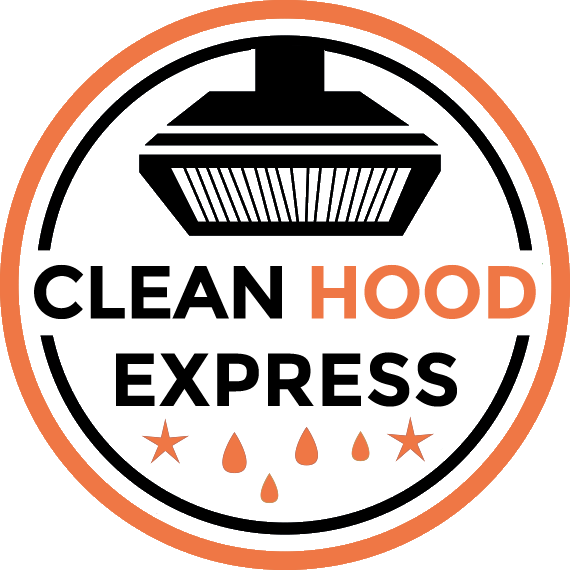In the fast-paced world of restaurant operations, maintaining a clean and functional kitchen is crucial. One of the most important, yet often overlooked, aspects of this maintenance is kitchen hood cleaning. A properly cleaned hood is essential for preventing fires, ensuring good air quality, and keeping your kitchen compliant with health and safety regulations. However, there are several common mistakes that can undermine the effectiveness of your hood cleaning efforts. Here’s what to watch out for and how to avoid these pitfalls.
1. Skipping Regular Cleanings
One of the biggest mistakes restaurant owners make is neglecting regular hood cleanings. Depending on the volume and type of cooking in your kitchen, your hood should be cleaned anywhere from monthly to quarterly. Skipping these cleanings allows grease and grime to build up, which not only reduces the efficiency of your exhaust system but also increases the risk of a grease fire. Establish a regular cleaning schedule and stick to it—your safety and compliance depend on it.
2. Using Inadequate Cleaning Methods
Not all cleaning methods are created equal. Some restaurant owners or staff might attempt to clean the hoods themselves using household cleaning products or pressure washers that aren’t up to the task. This often results in incomplete cleanings where grease and dirt are left behind, especially in hard-to-reach areas like ducts and fans. Professional hood cleaning companies have the right tools and expertise to thoroughly clean your system, ensuring that every nook and cranny is grease-free.
3. Neglecting the Entire System
Another common mistake is focusing only on the visible parts of the hood and neglecting the rest of the exhaust system. While the canopy hood is the most obvious part of the system, the ducts, fans, and filters are just as important. Grease can accumulate in these areas, leading to blockages, reduced airflow, and increased fire hazards. A comprehensive cleaning should cover the entire system, from the hood to the rooftop fan.
4. Failing to Document Cleanings
In the event of a fire or health inspection, being able to prove that your kitchen hoods have been regularly and properly cleaned is crucial. Failing to document these cleanings is a common mistake that can have serious consequences. Make sure you keep detailed records of each cleaning, including the date, the areas cleaned, and the company that performed the work. Many professional hood cleaning services will provide you with a certificate of cleaning—keep this on file as proof of compliance.
5. Ignoring Access Panels
Access panels are often overlooked during hood cleaning because they’re not immediately visible. However, these panels are crucial for reaching and cleaning the interior parts of the ductwork. If access panels are ignored, grease can accumulate in areas that are out of sight, creating a serious fire hazard. Make sure your cleaning service opens and thoroughly cleans all access panels during each visit.
6. Relying on Kitchen Staff for Deep Cleanings
While your kitchen staff can and should perform daily maintenance, such as wiping down the hoods and cleaning filters, they shouldn’t be responsible for deep cleanings. Professional hood cleaning requires specialized equipment and knowledge to ensure that all grease and debris are removed. Expecting your staff to handle this task can lead to incomplete cleanings and potential safety risks. Instead, rely on trained professionals who know how to clean the system properly.
7. Overlooking the Importance of Filter Maintenance
Hood filters are your first line of defense against grease buildup, and neglecting them is a common mistake. Filters should be cleaned regularly—ideally daily or weekly, depending on your kitchen’s usage—and replaced when they become worn or damaged. Dirty or damaged filters can’t do their job effectively, leading to grease buildup in the ducts and a higher risk of fire. Make sure you’re cleaning and inspecting your filters regularly.
8. Failing to Schedule Cleanings During Downtime
Timing is everything in the restaurant business, and that includes scheduling hood cleanings. A common mistake is scheduling cleanings during busy times, which can disrupt your operations and lead to rushed or incomplete work. Instead, schedule cleanings during off-peak hours or downtime to ensure the job is done thoroughly without interfering with your kitchen’s workflow.
The Bottom Line
Avoiding these common mistakes can make a significant difference in the effectiveness and safety of your kitchen hood cleaning efforts. By sticking to a regular cleaning schedule, using professional services, and paying attention to the entire system, you can keep your kitchen safe, compliant, and running smoothly. Remember, a clean hood isn’t just about aesthetics—it’s about protecting your business, your staff, and your customers from the dangers of grease buildup and fire hazards.
So, take the time to review your current hood cleaning practices and make sure you’re not falling into any of these common traps. Your kitchen—and your peace of mind—will be all the better for it.

0 Comments